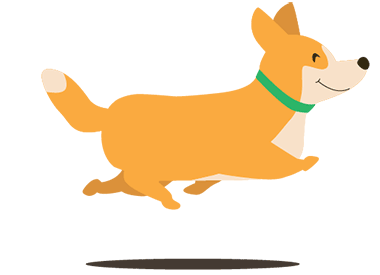



Milo (Beagle/Male/5yr), was brought with a history of severe neck pain. A contrast CT scan of the spine revealed disc herniation at the C2-C3 level which is a case of Intervertebral Disc Disease in Dogs. Ventral slot surgery was done to decompress the spine followed by 8 sessions of VHBOT. Complete recovery was seen and the pet was able to walk properly without pain a week after surgery & VHBOT.
A ventral slot or a hemilaminectomy is used to decompress the cervical spinal cord. A ventral slot is a partial corpectomy of two adjacent vertebral bodies and the corresponding intervertebral disc to gain access to the ventral spinal canal. Ventral slots are performed in the cervical spine to treat centrally located intervertebral disc herniation.
The spine or backbone is the name given to the collection of bones (vertebrae) inside which the spinal cord runs. The spinal cord is made of cables of nerves (like the wires running in an electrical cable), linking the brain to the local nerves that control the movement of the limbs and other functions.
The intervertebral disc is a spongy, doughnut-shaped pad in the main joint between two vertebrae. The disc lies just underneath the spinal cord in dogs and cats. Each disc has a semi-liquid center and a tough outer fibrous layer, which act as a cushion, giving strength and flexibility to the spine.
Intervertebral Disc Disease in Dogs is a condition where the cushioning discs between the vertebrae (bones) of the spinal column either bulge or burst into the spinal cord space. This is commonly called a herniated disc or slipped disc. A slipped disc in dogs can put pressure on the spinal cord, this damages the nerves and causes symptoms like
Loss of coordination
Weakness
Lameness
Fecal or urinary incontinence
Loss of sensation in the leg.
Paralysis
Dog breeds that are predisposed to IVDD include the Dachshund, Basset Hound, Shih Tzu, and German Shepherd Dogs. Keeping these breeds at a healthy, lean weight will help reduce the stress on their spine and other joints. Walking a dog with a harness will keep stress off their neck, too, especially if the dog tends to pull on the leash, use steps or ramps to help the pet get up on furniture and beds, and try to limit jumping.